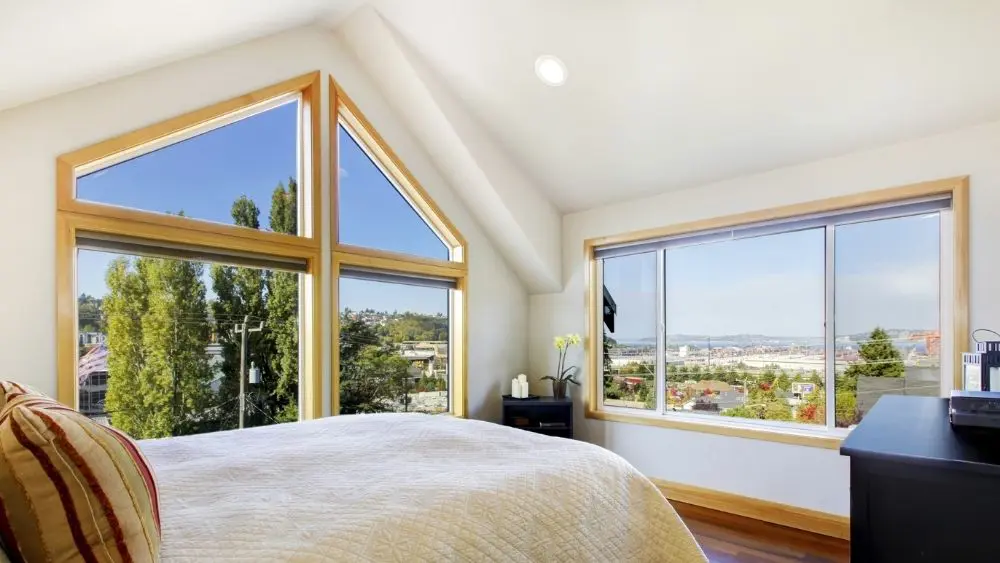
It’s pretty common for most homeowners to think that adding proper ambience to any new space comes with a few cans of paint and trendy decorations. While mood-boosting wall color, stylish furnishings, and engaging art certainly elevate a house, there’s one very important detail that also harmonizes a home: The ceiling!
When designing an oh-so-elegant and inviting home, many folks forget to think vertically. It’s not just about what’s in front of our eyes when creating a restful and impactful space for our moods. It’s also about what is above us. Ceilings are an intrinsic detail for crafting a serene, warm, and relaxing room anywhere in the home.
After all, ceilings do major work for our homes. Besides making a room feel larger, the ceiling can amplify natural lighting, open layouts, and according to ongoing research, enhance our creativity. Ceilings can even emphasize a home’s aesthetic properties. There isn’t a one-size-fits-all ceiling type that works for every single home, or even the same room in one house.
When it comes to choosing a ceiling for a bedroom, these rules are no exception. Landing on the right ceiling that makes a bedroom feel like an ultra-relaxing sanctuary is so important. This key feature of the bedroom will add to the room’s overall harmony, including layout flow and light sources.
Which ceiling style is perfect for your bedroom? Check out these stellar options below.
Before You Begin
It’s mighty tempting to keep your contractor on speed dial and immediately launch into a bevy of ceilings on the market. Instead of diving headfirst, take stock of your home with this simple checklist for success:
- Measure the ceiling heights of each bedroom
- Confirm the purpose of the room (i.e., bedroom, bathroom, kitchen, etc.)
- Determine usage of each bedroom (i.e., a guest room)
- Create a budget for materials and installation
- Define ceiling style preferences
Types of Ceilings
Barrel Vault: An arched ceiling that is curved into a barrel shape, yielding a rounded visual effect.
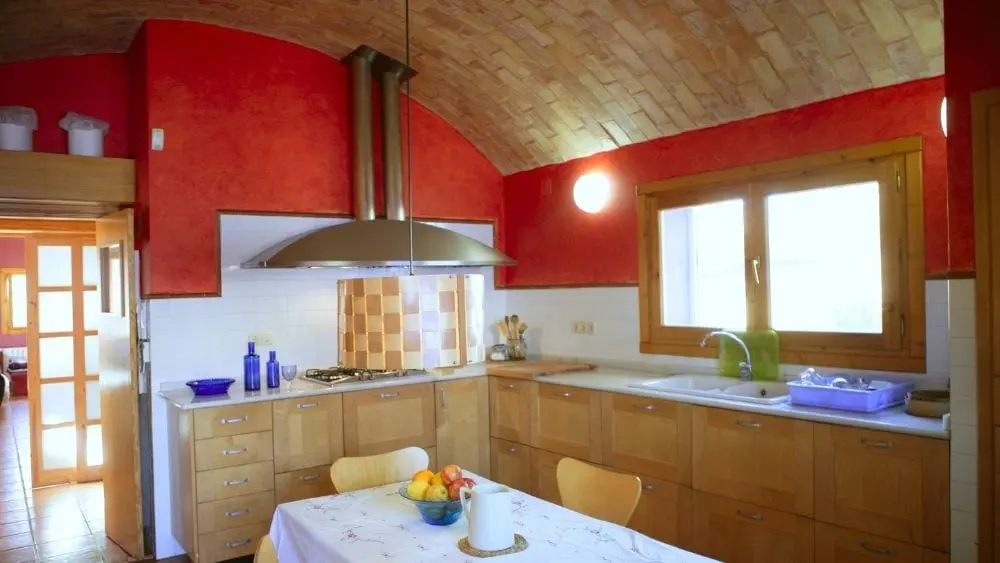
Beamed: Direct and rather rustic, this structure is a flat ceiling dotted with exposed beams. Beamed ceilings are commonly paired with flat ceilings, but also work well with vaulted styles.
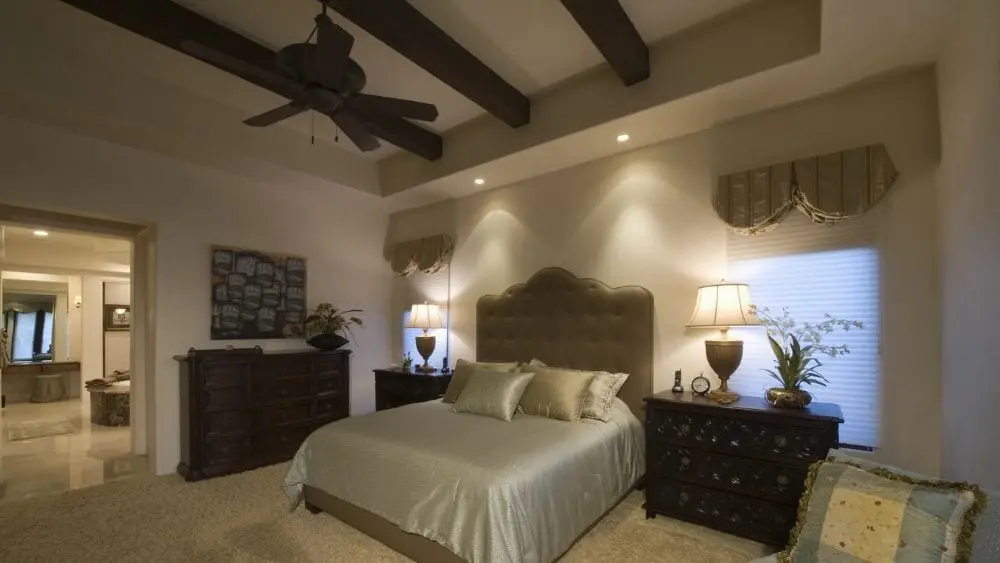
Cathedral: Cathedral ceilings fall into the vaulted family, as this symmetrical style requires two sides to merge into a center apex, like in a cathedral building. This ceiling works in a one-story home or one with lots of square footage.
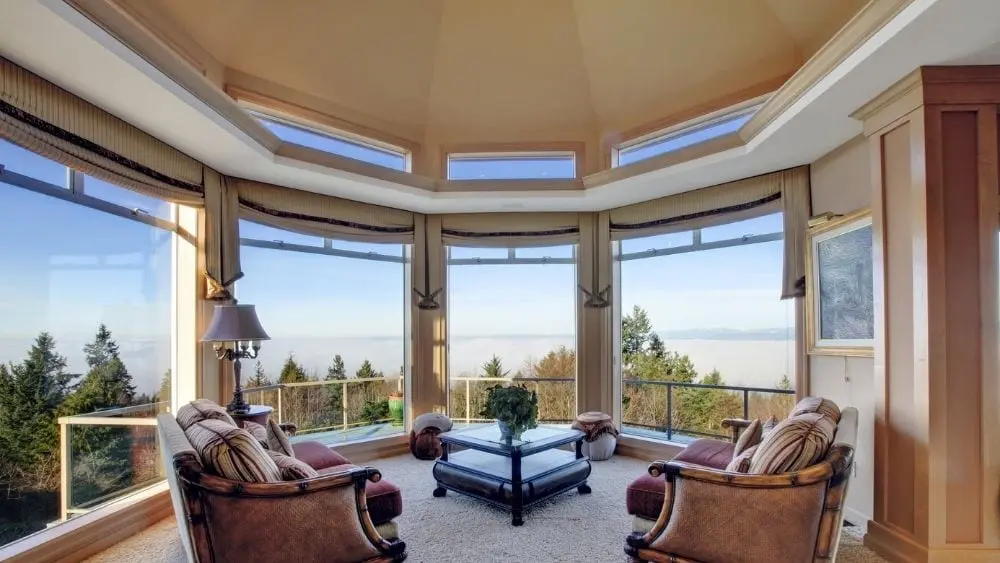
Coffered: Coffered ceilings utilize beams and crown molding in their design. The beams are typically configured into a grooved wooden pattern in square or rectangle shapes to create a crosshatch visual effect that looks higher and deeper.
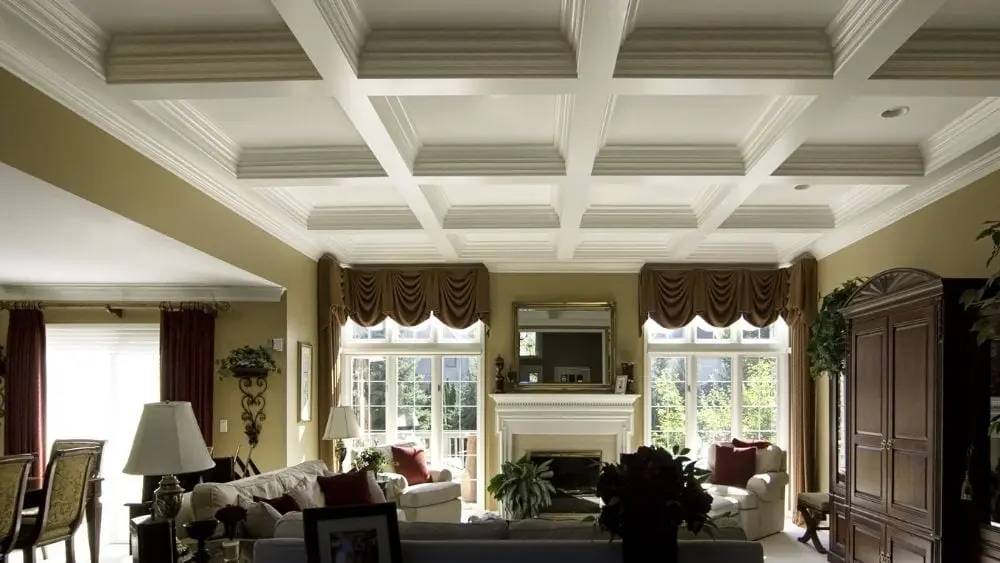
Cove: Similar to the natural source, the cove-shaped ceiling resembles an inverted arch-shaped cove. A flat middle is supported by two angled sides.

Dome: With cathedral-style inspirations, the dome ceiling is a high ceiling that rises in a sphere shape.
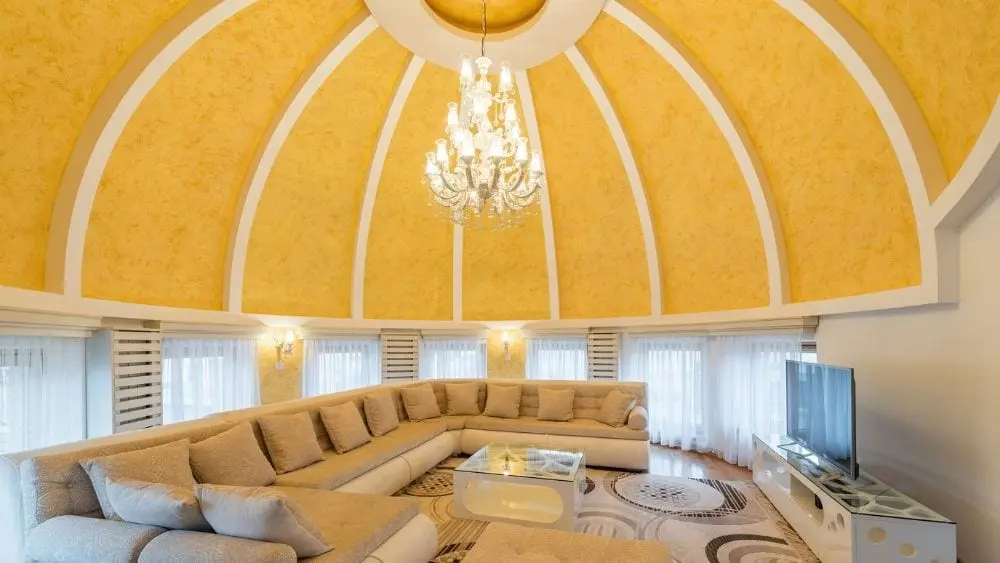
Groin Vault: Similar to the dome, groin vault ceilings incorporate a series of spherical shapes and arches.
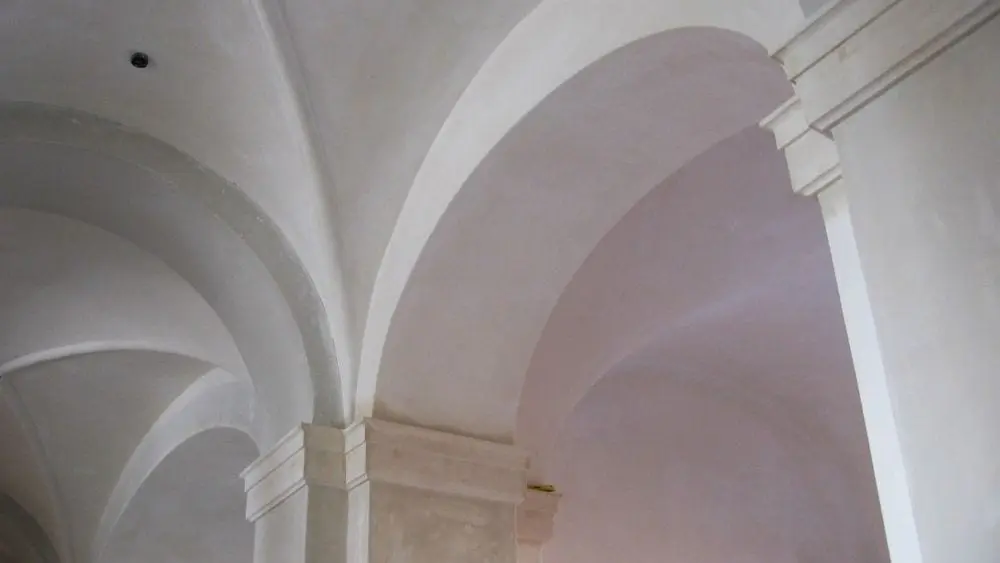
Shed: Just like its namesake, a shed ceiling angles in an upward direction lean-to style. The depth of the “shed” or lean-to form can be deep and dramatic or subtle and shallow. It’s a clever design element which amplifies a space in a simple direct style.
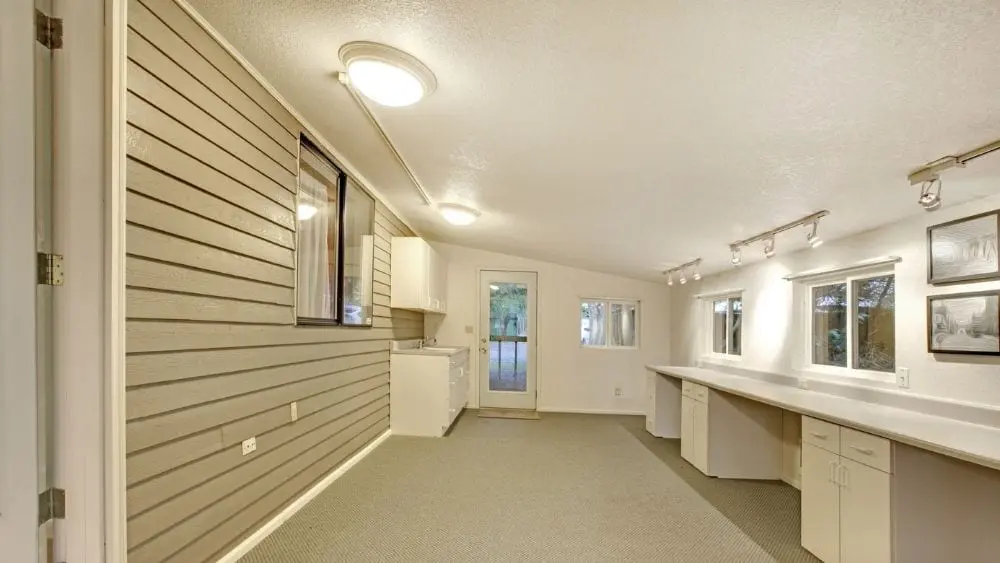
Standard: A regular ceiling measuring between 8 and 10 feet in height. While standard styles are typically flat, this classic look can be outfitted with touches like crown molding, beams, or even a shed style.
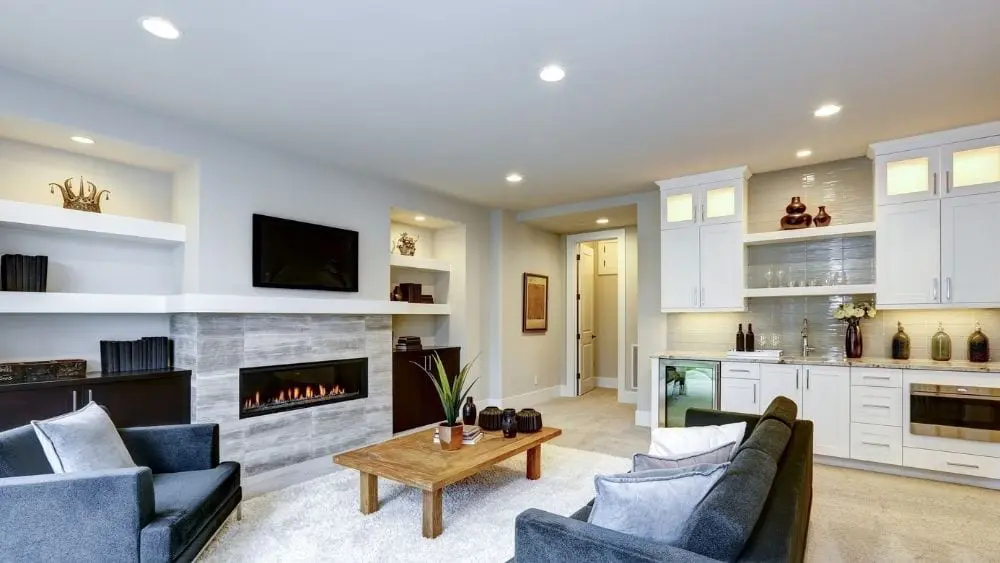
Tall: Any ceiling above 8 to 10 feet is considered a tall ceiling, so this style can be mixed with other designs and configurations based upon the homeowner’s vision.
Tray: Long beams are installed into raised rectangle-shaped insets along the ceiling to give a tray-like visual. Each tray can help define function and purpose with an open concept layout. When incorporated into a bedroom, the tray ceiling can separate sleeping areas with lounge or work areas like an office nook.

Vaulted: Vaulted ceilings encompass a general term for a ceiling with high arch support. This includes elevated styles such as cathedral and shed, which contain supporting beams or arches to craft their shape and structure.

Stephanie Valente is a Content Director and Editor in Brooklyn, NY. She’s previously held writing and social media positions at Barkbox, Men’s Journal, and currently works at a full-service advertising agency. She’s a self-confessed home and design enthusiast. Stephanie is an award-winning poet and fiction writer. When she’s offline, you can find her taking a yoga class, running, hanging out with her rescue dog Pepper. Find her on stephanievalente.com.
 Roof Terminology 101: Your Guide to Common Terms
Roof Terminology 101: Your Guide to Common Terms